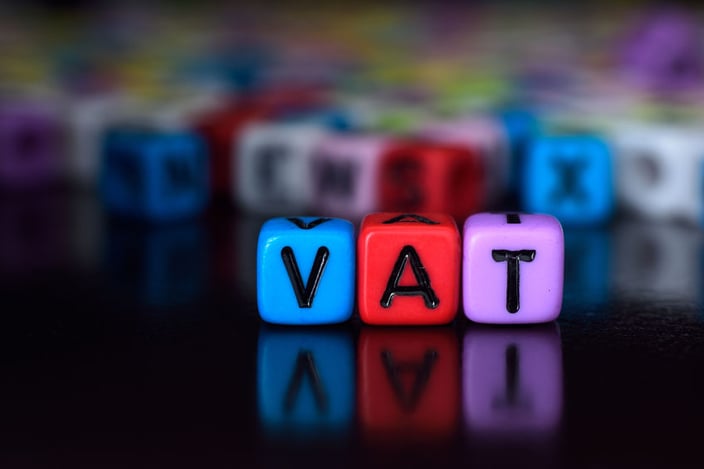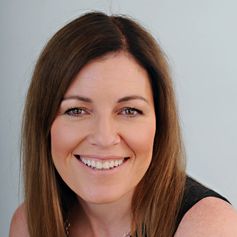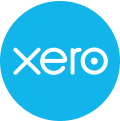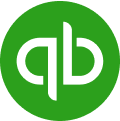BLOG
VAT Flat rate scheme – is it for me?

The VAT flat rate scheme is an optional simplified accounting scheme for small businesses. The scheme is available to businesses that are eligible to be registered for VAT and whose taxable turnover (excluding VAT) in the next year will be £150,000 or less. Once in the scheme, a business can remain in it as long as its taxable turnover for the current year is not more than £230,000.
The flat rate scheme is designed to simplify the recording of sales and purchases. Under the scheme, a business works out the VAT that it is required to pay over to HMRC by applying a flat rate percentage to its gross (VAT-inclusive) turnover. The flat rate percentage depends on the type of business. The percentages for each business sector can be found on the gov.uk website at www.gov.uk/vat-flat-rate-scheme/how-much-you-pay. The percentages are all less than the standard rate of VAT of 20%, reflecting the VAT that would be recovered on purchases.
Example
Jack is registered for the flat rate scheme. In a particular accounting period his turnover is £12,000. The flat rate percentage for his sector is 14%. Jack must pay VAT of £1,680 (14% of £12,000) over to HMRC. He does not need to work out the VAT on purchases.
Advantages
The main advantage is that it reduces the record keeping burden, as it is not necessary to keep records of the VAT incurred on purchases. As the VAT percentages are averages it is possible that the business may pay less VAT than accounting for VAT under the traditional rules, particularly if purchases are low. However, the business may also pay more if purchases are higher than average – you may need to do the maths to see if it is for you.
Businesses also enjoy a discount of 1% from their flat rate percentage during their first year in the scheme.
Limited cost businesses
From 1 April 2017, a new flat rate percentage of 16.5% applies to a `limited cost business’. This is one whose VAT inclusive expenditure on goods is either less than 2% of their VAT inclusive expenditure in a prescribed accounting period or greater than 2% but less than £1,000 if their prescribed accounting period is one year. The figure of £1,000 is adjusted accordingly for periods that are not one year. In determining whether this test is met, capital expenditure, food and drink for consumption by the flat rate business or its employees, and vehicle, vehicle parts and fuel (except where the business is one that carries out transport services) are excluded from the calculation.
However, a business with a VAT inclusive turnover of £20,000 in an accounting period would only need to incur expenditure of £400 or more to fall outside the definition of a limited cost business – for most businesses this will be doable, even taking account of the exclusions.
Get in touch with Inform if you need further advice on the VAT flat rate scheme or any other tax related matter.
Read more of Inform's tax blogs:






.jpg?width=1500&height=1000&name=amy-hirschi-K0c8ko3e6AA-unsplash-(5).jpg)

